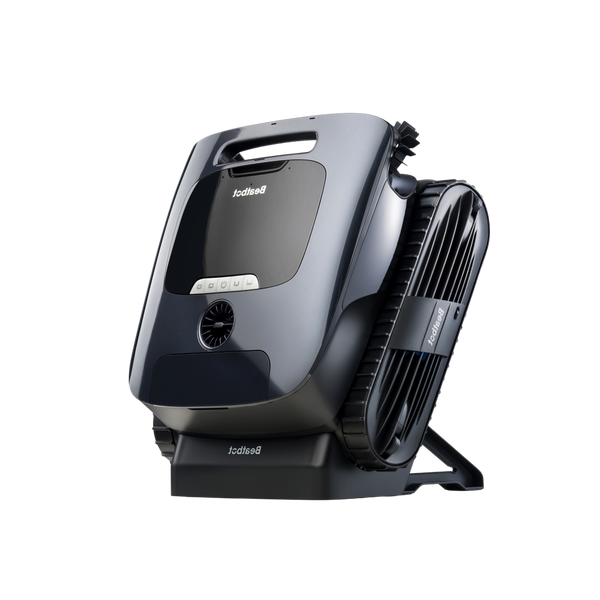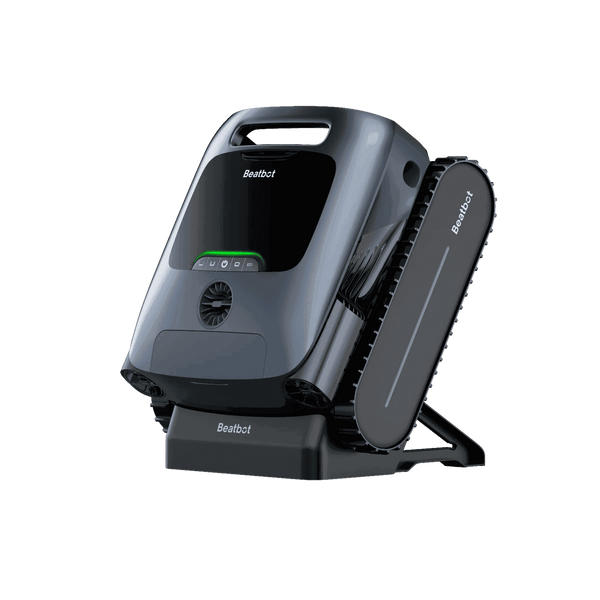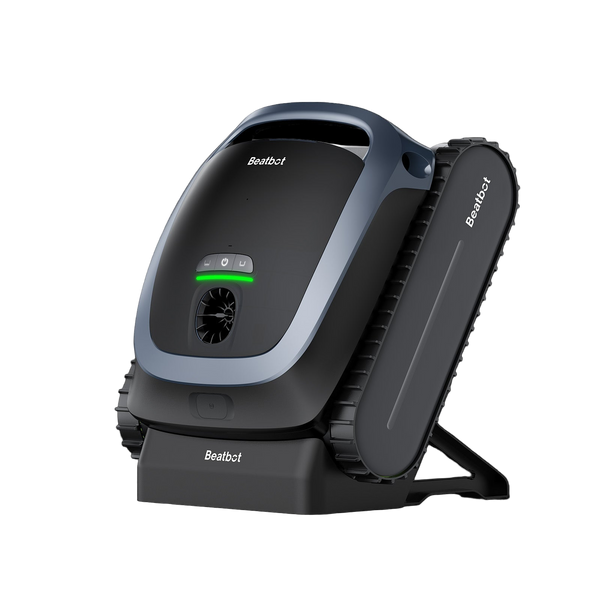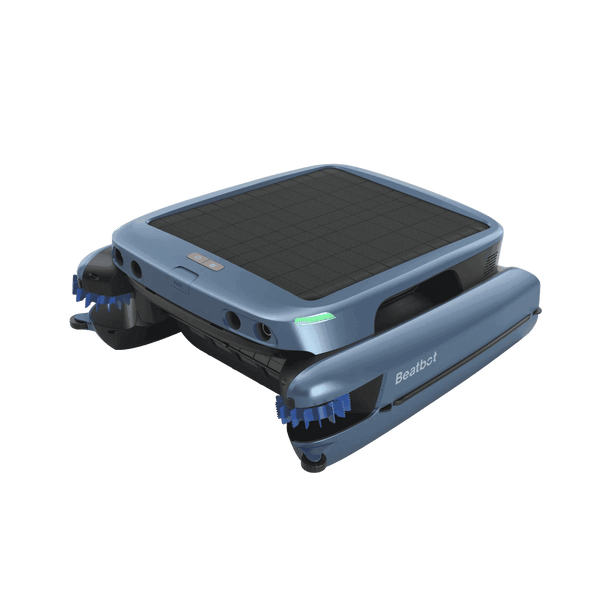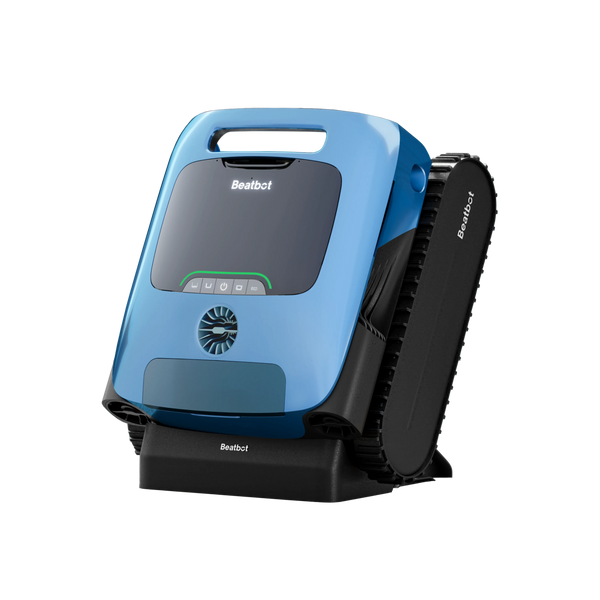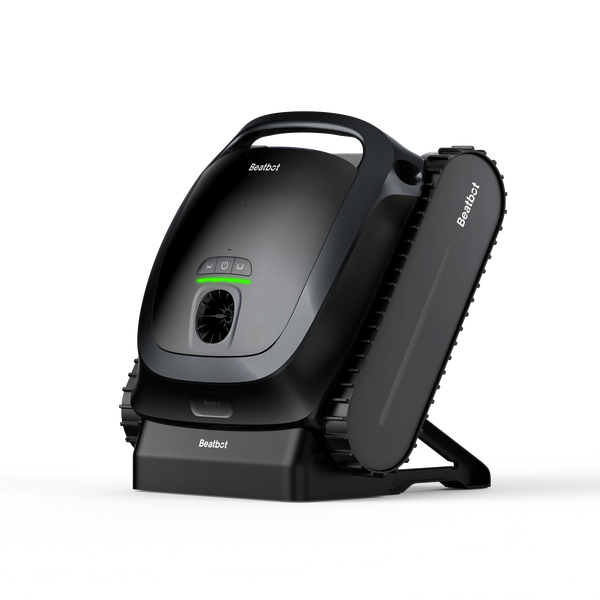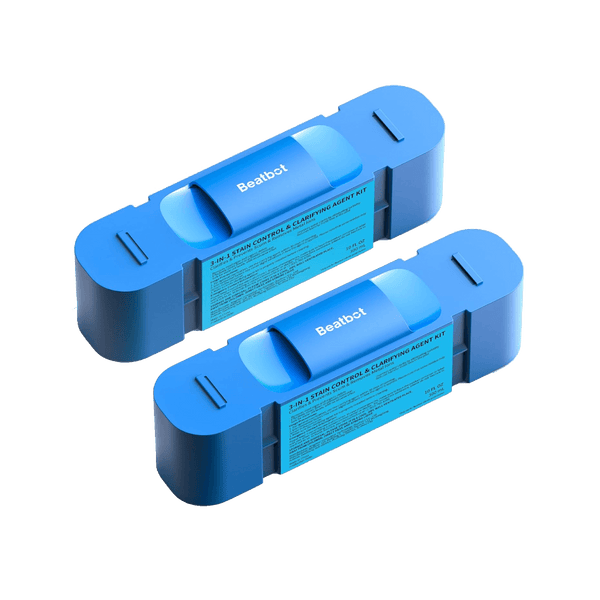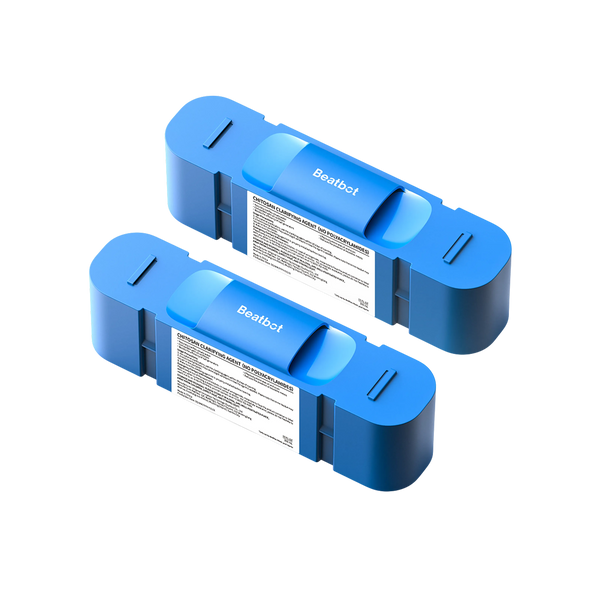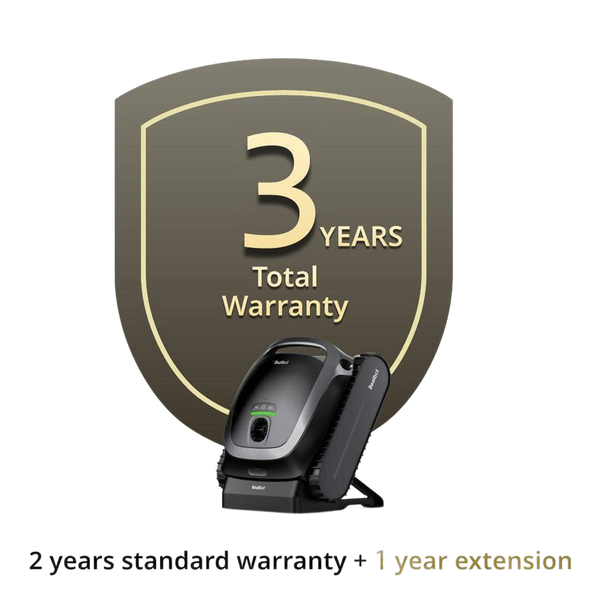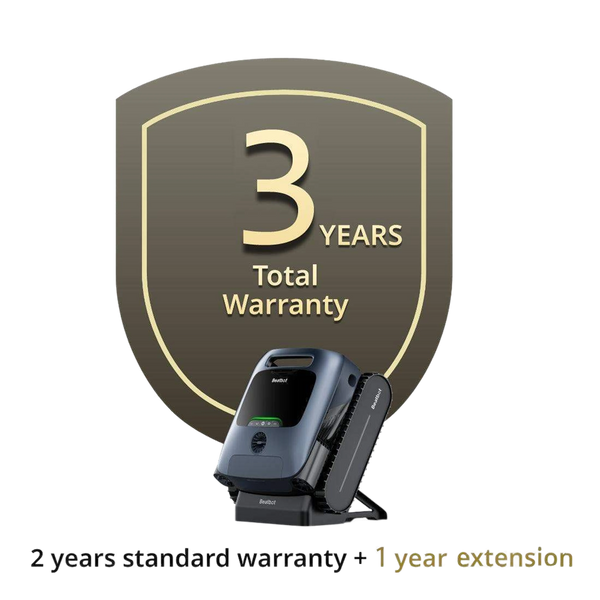When Should You Super Chlorinate Your Salt Water Pool
Got a salt water pool? You might think you're done with shocking forever. But here's the truth - salt chlorine generators need a helping hand sometimes. While these systems work wonders at keeping your water clean, they can't always handle heavy contamination or extreme conditions alone. Let's dive into when and why your salt water pool needs super chlorination to stay pristine.
Table of content

Understanding Super Chlorination in Salt Systems
Your salt chlorinator converts dissolved salt into chlorine through electrolysis. Pretty neat science, right? But during peak swimming season or after heavy rain, your system might struggle to keep up with chlorine demand.
Picture your salt cell as a steady worker, producing a consistent amount of chlorine day after day. Sometimes though, your pool faces challenges that overwhelm this steady production - like a massive pool party, a storm that dumps organic matter into your water, or that week when temperatures soar into triple digits.
Unlike regular chlorine generation, super chlorination delivers a powerful burst of sanitizer that eliminates contaminants your regular system can't handle. It resets your water chemistry and breaks down those stubborn compounds that cause eye irritation and that infamous "pool smell."
Warning Signs Your Pool Needs Super Chlorination
Visible Indicators
Walk out to your pool and take a good look. Notice cloudy water that won't clear up? Seeing algae starting to grow in corners or on steps? These signs scream for super chlorination. Watch for water that's lost its sparkle or has turned slightly green. Even if your chlorinator runs perfectly, these visual cues mean contaminants have overwhelmed your system's regular sanitizing power.
Chemical Readings
Break out your test kit - the numbers tell the real story. If your combined chlorine reads higher than 0.5 ppm, you're due for super chlorination. Check these critical levels:
- Free chlorine dropping below 1 ppm despite normal salt cell operation
- Combined chlorine creeping above 0.3 ppm
- Drastically shifting pH levels that won't stabilize
When these readings pop up, they signal chloramines building up in your water. These unwanted compounds not only reduce your chlorine's effectiveness but can also cause eye and skin irritation. Regular chlorine production alone won't break them down - you need the extra punch that super chlorination delivers.
Remember - super chlorination isn't just about dumping more chlorine in your pool. It's about hitting the right levels at the right time to maintain safe, clear water all season long.
Seasonal Timing for Super Chlorination
Smart timing transforms super chlorination from a reactive fix to a strategic tool. Opening your pool? Super chlorinate before the first splash. Early summer brings pollen, debris, and increasing swimmer load - perfect timing for another treatment.
Mid-season super chlorination works best during a stretch of sunny days. Pick a time when your pool will sit unused for at least 24 hours. Late August or early September calls for another round, especially after heavy storm seasons or intense use.
Don't wait for problems to develop. Map out your super chlorination schedule around these key triggers:
- Pool opening and closing
- After major weather events
- Before and after heavy swim periods
- Monthly during peak season maintenance

The Super Chlorination Process
Let's tackle super chlorination step by step. First, test your water chemistry across the board - pH, alkalinity, stabilizer, and chlorine levels. Adjust pH to 7.2-7.4 for maximum effectiveness. Turn off your salt chlorinator - you'll handle this job manually.
Calculate your pool's volume and shock dose. Super chlorination requires raising free chlorine to 10 times the combined chlorine level. Most pools need about 2 pounds of shock per 10,000 gallons. Broadcast the shock around the pool's perimeter while your pump runs at high speed.
Run your filter for at least 6 hours after treatment. Keep an eye on your pump and skimmer baskets - super chlorination often loosens debris and algae. Clean them as needed to maintain proper circulation.
Key tip: Super chlorinate in the evening. Sunlight degrades chlorine, so nighttime treatment maximizes effectiveness.
Common Mistakes That Increase Need for Super Chlorination
Poor maintenance habits force you to super chlorinate more often than necessary. Running your salt cell at too low a setting saves power but creates perfect conditions for algae growth. Check your cell's output - adjust it based on season and usage, not your power bill.
Skipping regular brushing lets biofilm build up on walls and floors. This invisible layer harbors bacteria and consumes chlorine, overwhelming your salt system. Brush weekly, even when your pool looks clean.
Watch your stabilizer levels. Too much cyanuric acid locks up chlorine, while too little lets sunlight destroy it. Keep levels between 30-80 ppm for optimal salt cell performance.
Another overlooked issue? Failing to clean your salt cell regularly. Scale buildup reduces chlorine production, leading to more frequent super chlorination needs. Inspect your cell monthly and clean it when you spot calcium deposits.
After Super Chlorination: What to Expect
Timeline for Swimming
Hold off on swimming until your free chlorine drops below 5 ppm. Test levels every 4-6 hours after treatment. Most pools clear for swimming within 24-48 hours, but factors like sunlight, temperature, and circulation speed affect this timeline. Trust your test kit, not the clock.
Water Chemistry Changes
Super chlorination shakes up your pool's chemistry. Watch your pH - it often climbs as chlorine levels fall. Your total dissolved solids might spike temporarily. Don't chase perfect balance immediately. Let chlorine levels drop naturally while maintaining proper filtration.Keep an eye on your salt readings. Some pool owners mistakenly add salt after super chlorination, but shock treatments don't affect salt levels. Wait for true stability before making any salt adjustments.
Preventing Future Super Chlorination Needs
Boost your salt system's efficiency with these power moves. Clean your filter more frequently during peak season. Empty skimmer baskets before they overflow. These simple habits reduce the strain on your chlorinator.
Install a pool cover for overnight use. This cuts down on debris and chemical loss while preventing algae growth. Think about adding a UV system - it doesn't replace super chlorination but reduces its frequency.
Monitor your stabilizer levels monthly. This often-forgotten chemical shields chlorine from sun damage. Too little means wasted chlorine production. Too much forces more frequent super chlorination.

Reality Check
Super chlorination isn't a band-aid for poor maintenance - it's part of professional pool care. Your salt chlorinator handles daily sanitation beautifully, but even the best systems need periodic resets.
Think of super chlorination as your pool's deep clean. Just like your house needs occasional deep cleaning beyond daily tidying, your pool requires these powerful treatments to maintain peak performance.
Stay ahead of water quality issues. Keep your test kit stocked, maintain your salt cell, and don't skip scheduled super chlorination. Your reward? Crystal clear water that's ready for swimming all season long.
Questions about your pool's specific super chlorination needs? Consider factors like local climate, pool usage, and your salt system's age. Every pool develops its own rhythm - work with it, not against it.
Remember - a well-maintained salt pool is a joy to own. Master these super chlorination basics, and you'll spend more time swimming, less time troubleshooting.
Relative Blogs
About the author
